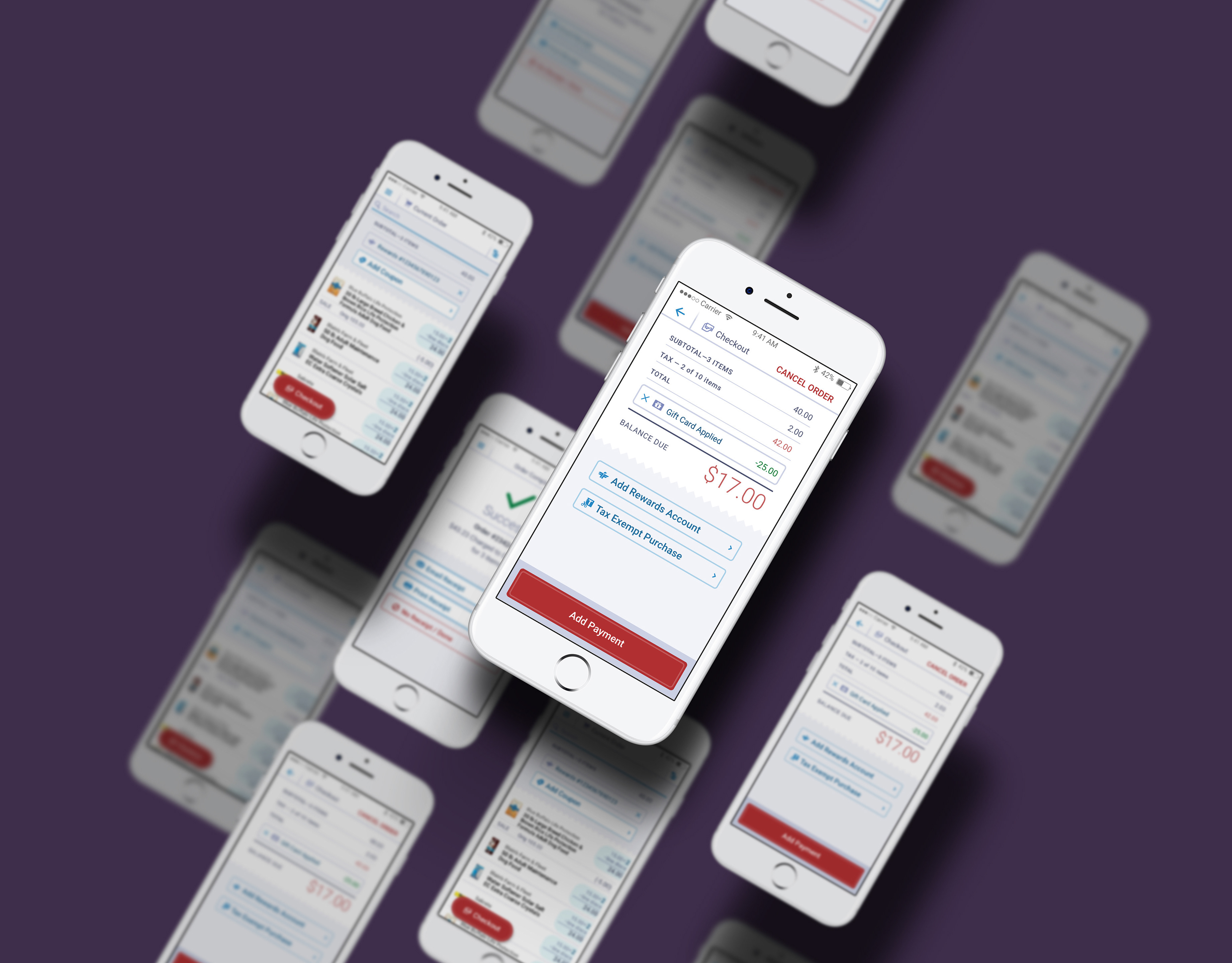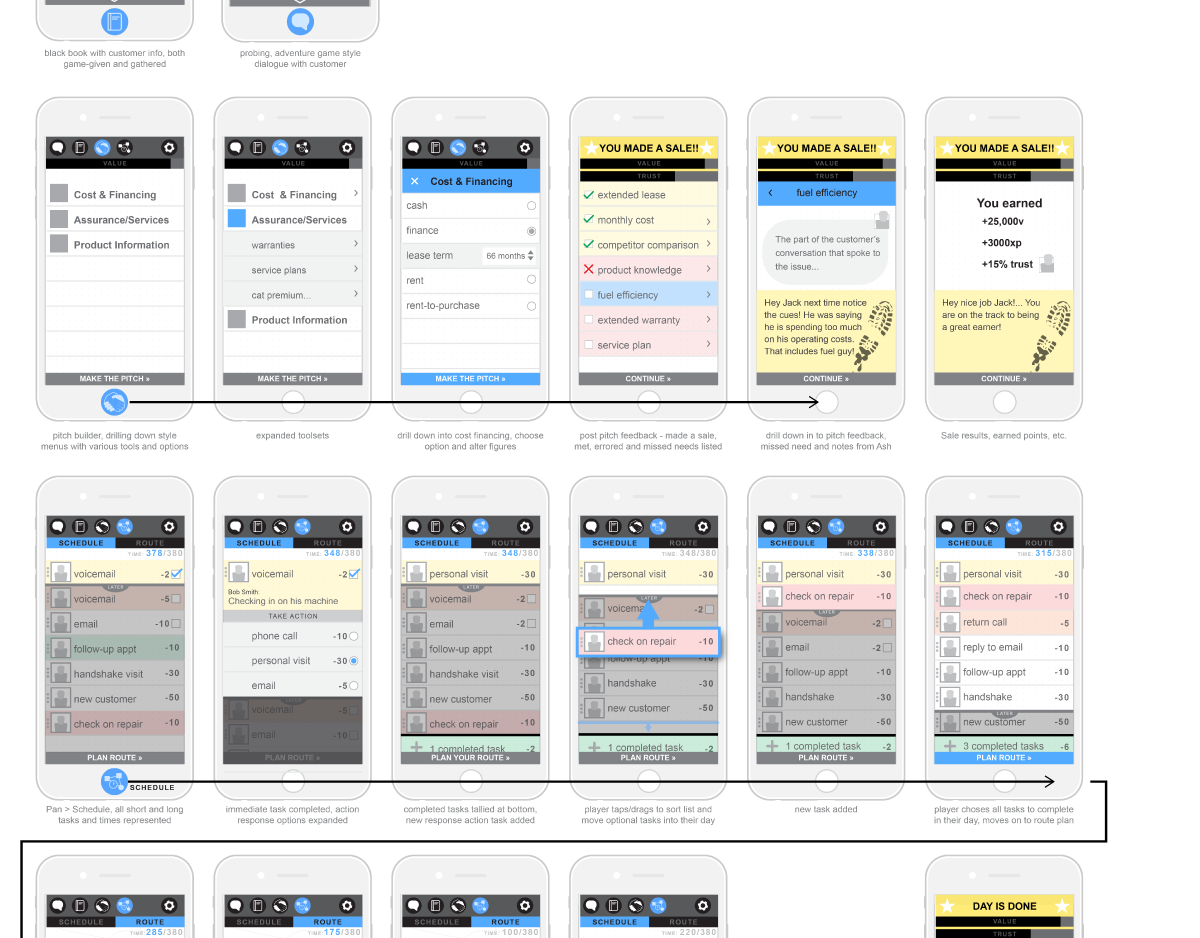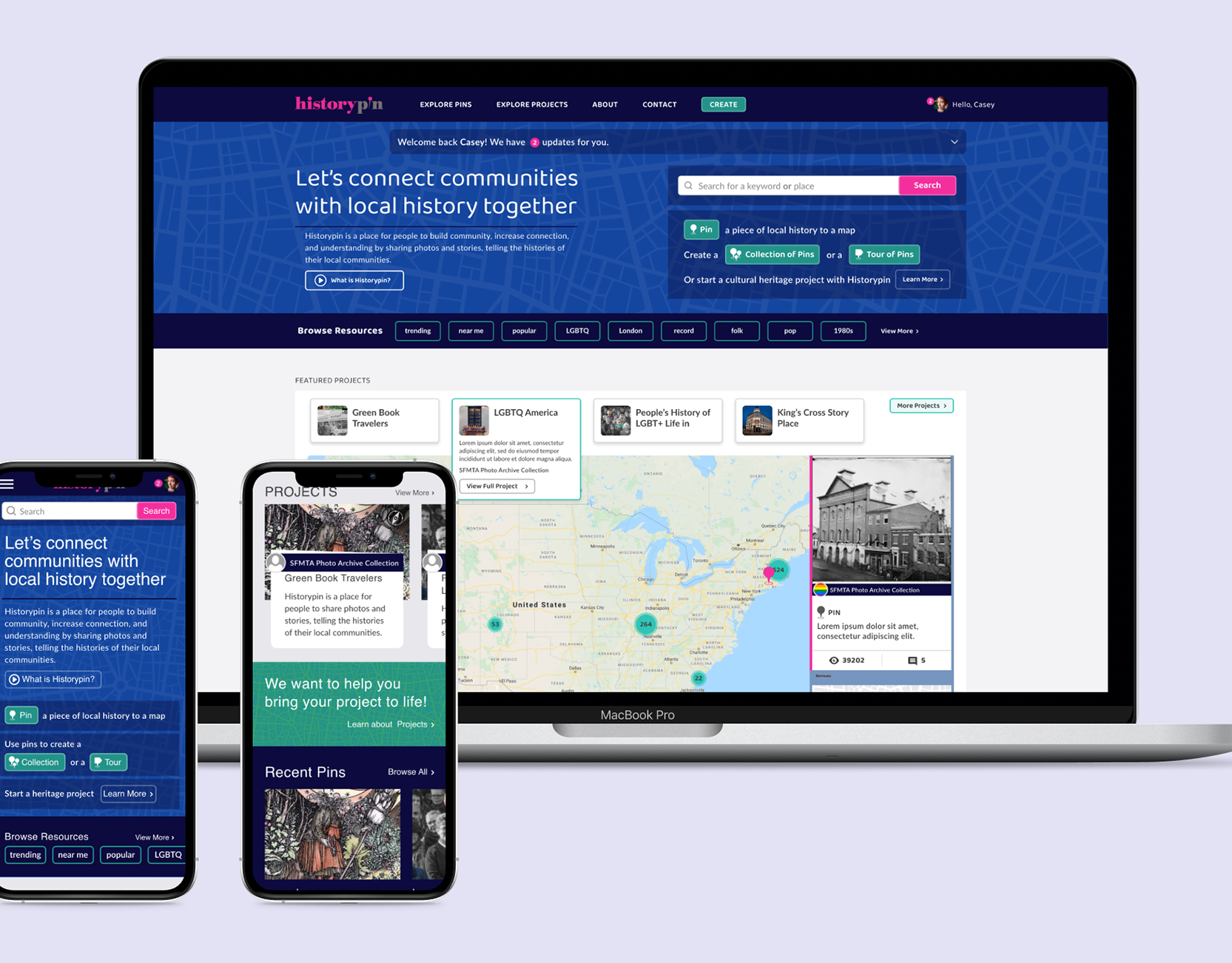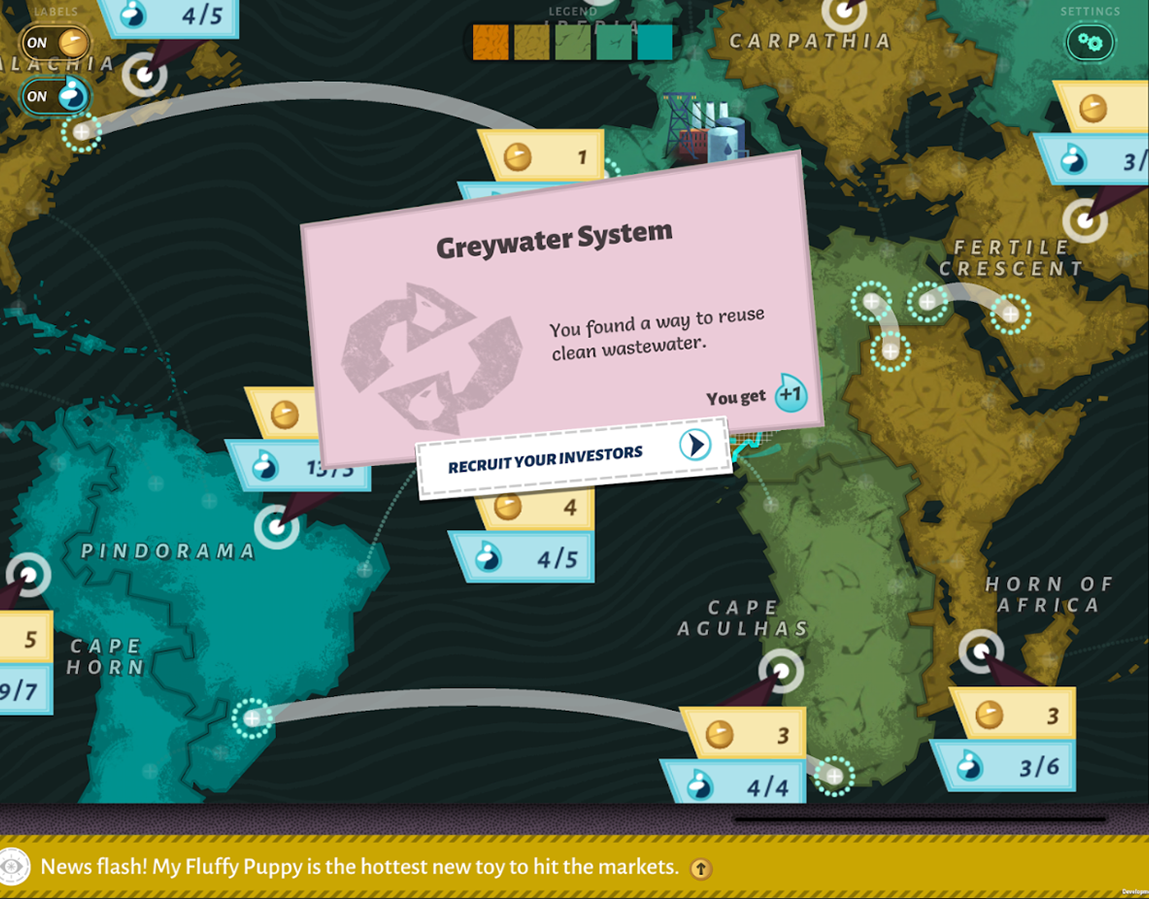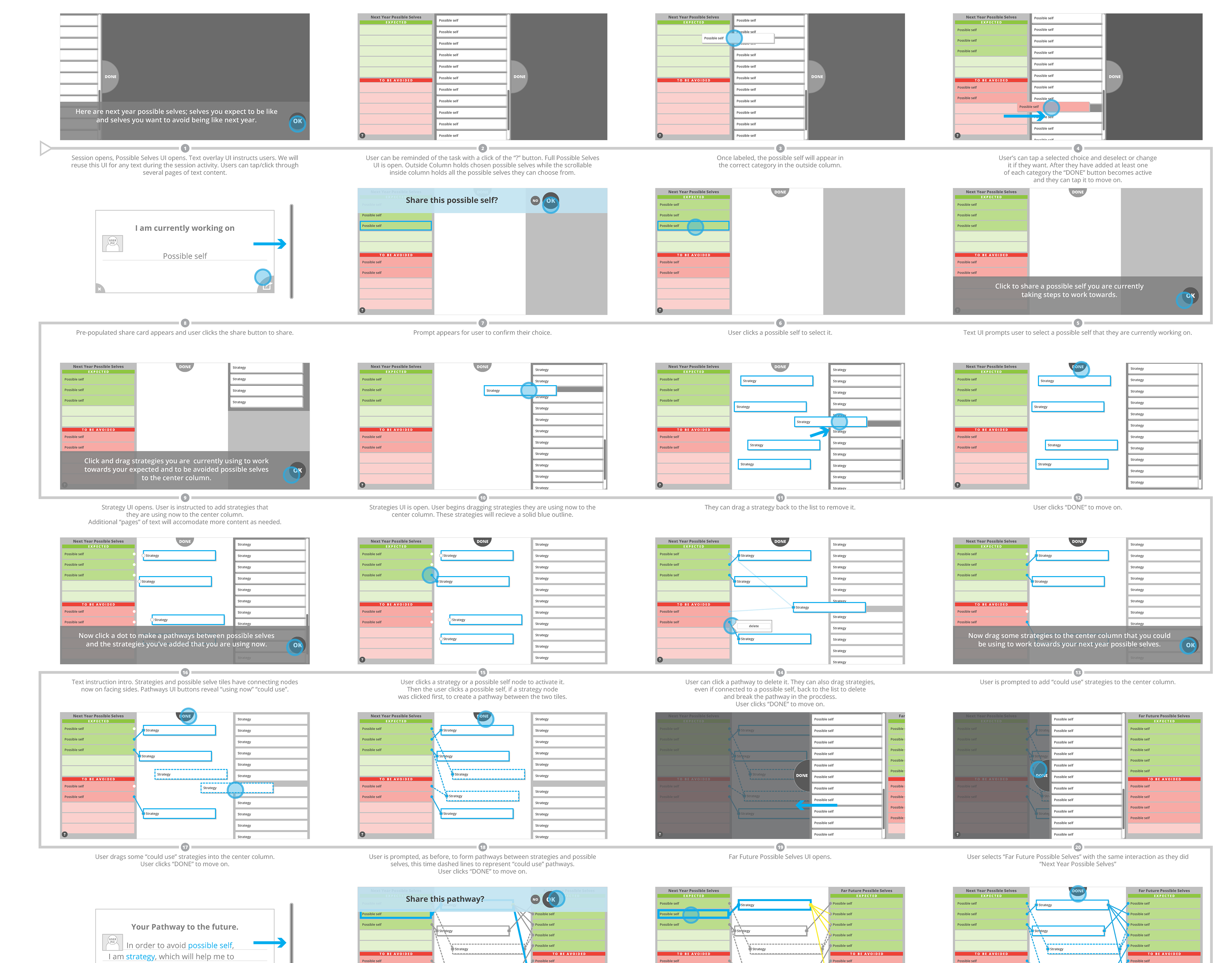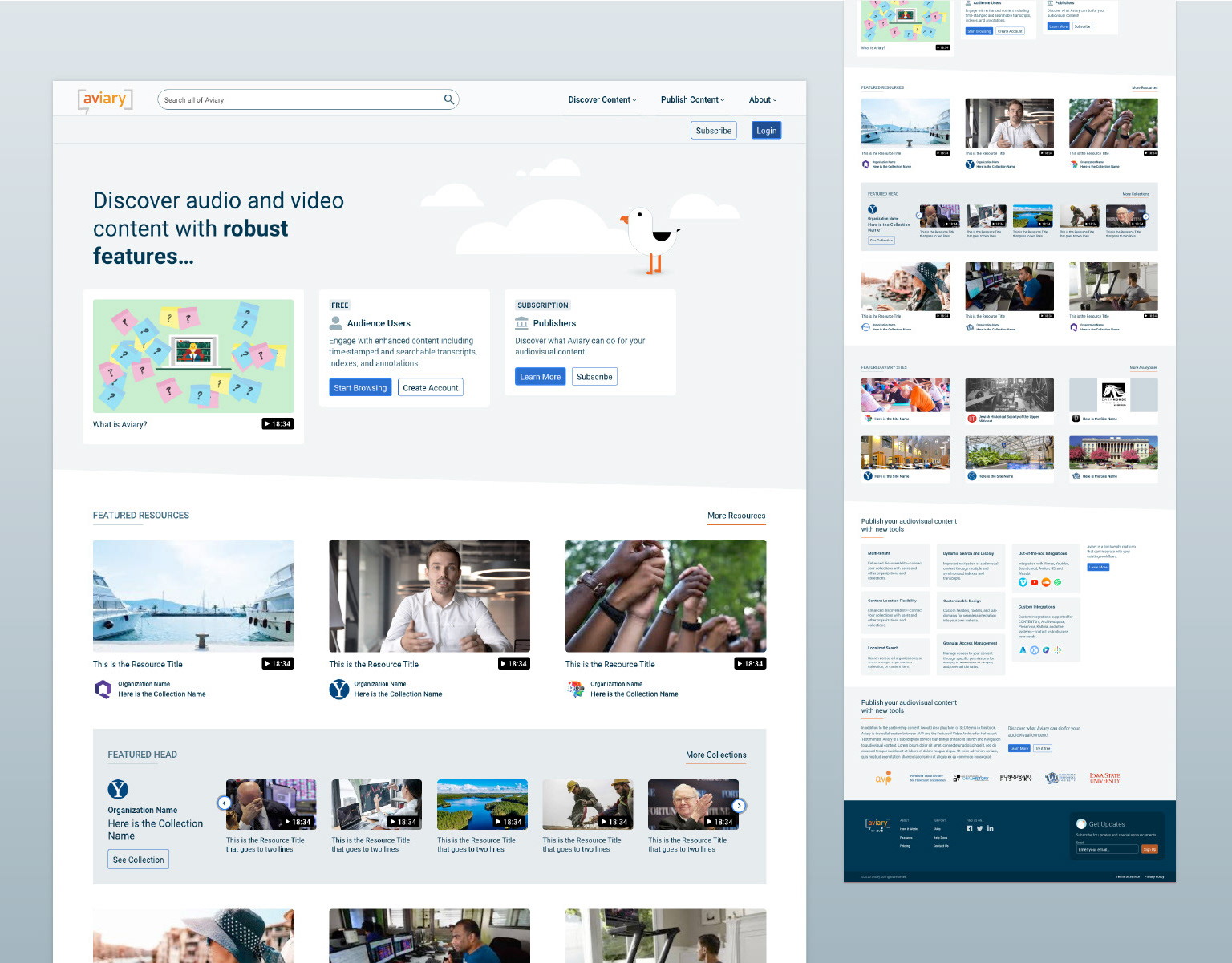Roles & Responsibilities
User Experience Design, User Interface Design
The Challenge
With some of the largest companies in the world as customers, Parsable’s Connected Worker Platform is positioned to help manufacturers unlock the data and insights needed to improve their operations. Parsable Data Pipelines are one of the key offerings in support of that mission; giving customers direct access to the data from their front line workers. So they can see what is working, and more importantly, what isn’t.
Discovery
In the course of a user research interview study about a specific data-related topic, users continued telling us their challenges with accessing their data so they could discover insights.
Several data and analytics features were already being explored for feasibility by the engineering team. Through early beta tests of a batch data pipeline feature that would ship them data once a day we discovered customers needs for data varied greatly. Some were looking for daily, or even monthly exports, while others wanted real time data.
Another Engineering spike revealed that we could give our most ravenous data customers exactly what they wanted with a streaming data pipeline.
Another Engineering spike revealed that we could give our most ravenous data customers exactly what they wanted with a streaming data pipeline.
Re-framing the Problem
With so much backend and foundational engineering work already in progress, the problem framing really had to work within some constraint to avoid re-engineering the wheel. The tech leads had identified three unique types of pipelines, each with their own configuration requirements.
Design Strategy
Additionally, the engineering team was operating on a Jurassic Park Scientist kind of high…
One of those "...so preoccupied with whether they could, they didn't stop to think if they should." In their defense, that is how I want engineers to think. If they don't lay the ground work for the future of the feature in the next couple years, we may be duplicating effort on every project.
In design we have the same problem. I like to call it “Building the Barbie Dream House.” We often look to our Product Management and Engineering partners to help us trim the fat and hone in on the essential scope.
Thankfully, this collaboration works from any angle if you are dedicated to alignment with your product triad; engineering, product management, and product design. With a little object oriented UX and a product management assist, I was able to set some limits in the interface to ensure we weren’t over complicating the feature, but were still tackling the sticky problems that needed to be solved.
Solution
Using progressive disclosure, the interface opens up complexity as needed to support the customers' and users' use cases.
what's next?
The feature is currently in trials with customers, and we are already looking to revisit to fill in some gaps the beta testing has exposed and support all levels of users and customers.



